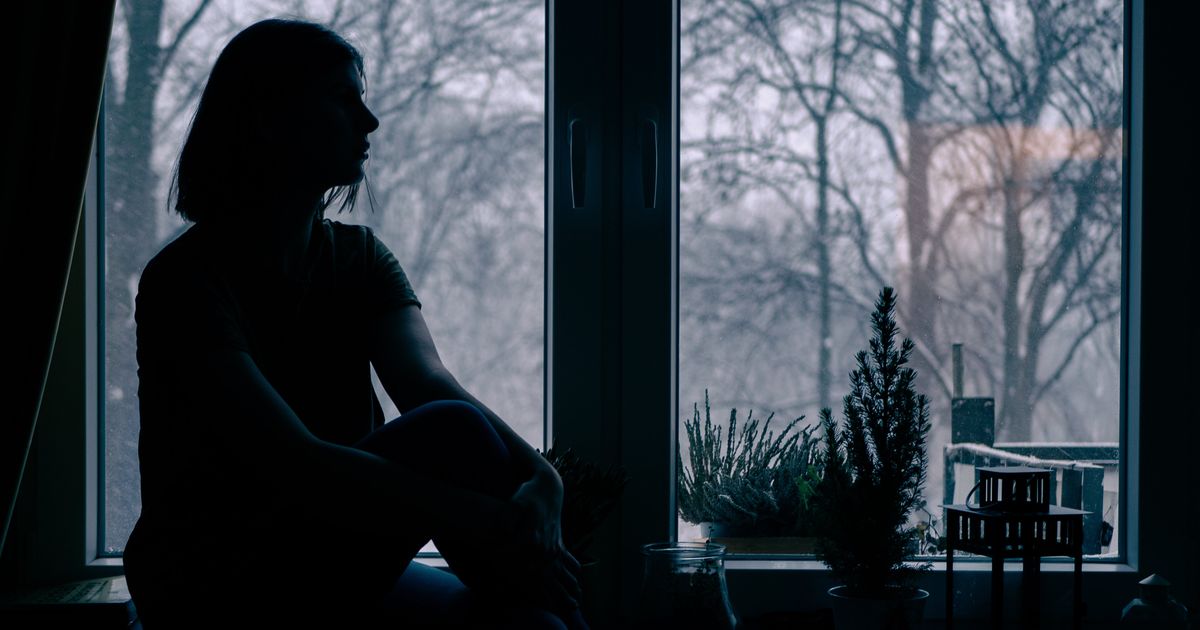While many of us may catch a case of the winter blues as the days get shorter, an estimated 10 million adults in the United States live with seasonal affective disorder.
This mental health condition, also known as seasonal depression, lasts around four to five months on average. “The appropriately named SAD, or seasonal affective disorder, is considered a type of depression characterized by its seasonal nature,” Jeff Temple, a professor at University of Texas Medical Branch and a licensed psychologist, told HuffPost.
Unsurprisingly, people living farther north in states with less sunlight and earlier sunsets are more likely to experience SAD, likely due to the lack of sunlight and much shorter days. However, that doesn’t mean people in warmer, sunnier climates aren’t affected. While seasonal depression is much more common during the winter months, some people may experience seasonal depression during summer or during the colder season because of the fewer daylight hours. Women experience it more frequently than men.
A common misconception is that SAD is less serious than major depressive disorder because it doesn’t last all year round. However, people with this mental health condition explained to HuffPost that the symptoms of SAD are very real, and can even be debilitating.
Here’s what they want you to know:
People with seasonal depression may struggle to do daily activities.
Like those with major depressive disorder, people with SAD may experience a lack of motivation and a loss of interest in day-to-day activities.
“I have had SAD for about 12 years, but I didn’t recognize the pattern or be diagnosed until about five years ago,” Claire, an optometrist, told HuffPost. (Claire, along with some others in this story, asked to keep her last name private so she could freely talk about her mental health condition.) “I am typically an early riser and consider myself a productive person. However, when SAD hits, I struggle to do even the smallest daily chores like doing the dishes or making dinner.”
Similarly, Rebecca, a grad student, said that she has a “difficult time keeping up with [her] self-care and workout routine during the winter months,” and finds it nearly impossible to “function at full capacity.”
People with SAD may also feel more isolated during the darker months.
Moreover, staying socially and emotionally connected to loved ones can require much more effort when coping with seasonal depression.
“The most prominent SAD symptoms I experience are loneliness and apathy. I tend to become quite numb in the winter months, and feel emotionally separated from the people around me,” said Vera, a freelance illustrator. “During regular depressive episodes, I may be able to ‘mask’ for most basic social interactions, whereas in winter seasons it’s not even an option. I’m too wiped out to even show up or pretend.”
Seasonal depression can interrupt normal sleep cycles and lead to extreme fatigue.
SAD and sleep disturbances go hand in hand. Chloé Perrin, a bartender, has found that her symptoms of seasonal depression often manifest as constant exhaustion, leading to hypersomnia. Simply put, hypersomnia is characterized by recurring episodes of sleepiness during the day, difficulty waking up in the morning, and feeling tired despite oversleeping.
“My family used to joke that every winter I’d hibernate, whereas my sleep is otherwise normal-to-low the rest of the year and during other episodes,” she said.
Bella Sutter, a dancer with seasonal depression, explained that “getting out of bed feels impossible and my mornings normally start late.”
“I feel as if I would be better off hibernating through the winter because seasonal depression makes me feel like I’m half asleep anyway,” she added.
Krzysztof Krysiak / EyeEm via Getty Images
People with seasonal depression may experience changes related to appetite and eating habits.
Not only does seasonal depression impact sleep, but this mental health condition can have a negative impact on a person’s eating habits. Researchers have found a marked correlation between SAD and higher rates of disordered eating, including behaviors such as binging, purging and restricting food intake.
For Anna Samanamú, a high school paraprofessional and graphic designer, symptoms of SAD began when she was a teenager. “My appetite becomes affected [with SAD], and I would prefer to sleep rather than eat,” she said. “Unfortunately, that led me to have issues such as anemia and Vitamin D deficiency.”
Seasonal depression may worsen symptoms of other mental health conditions.
According to Temple, “seasonal affective disorder has a bi-directional relationship with other mood disorders like depression and bipolar disorder — meaning that people with one form are much more likely to develop or worsen the other.” Notably, SAD affects up to 20% of people with major depressive disorder, and 25% of people with bipolar disorder.
Rhiannon Bellia, who works in social services, has found that seasonal depression tends to exacerbate symptoms of other mental health conditions.
“My OCD gets a lot worse in the winter, it’s harder for me to focus and gauge time with my ADHD. With having autism, it’s also a bit harder for me to regulate sensory overwhelm,” Bellia said.
There are treatments for SAD.
Temple explained that if symptoms such as losing interest in activities or feeling sad last “longer than a couple of weeks or [start] to interfere with your work, family, or relationships, then that’s a good sign that you may need some extra help.”
Fortunately, light therapy and cognitive behavioral therapy are proven to be effective treatments for people with SAD. The most beneficial at-home light therapy boxes provide light at 10,000 lux.
SAD is not simply feeling a little gloomy when the sun goes down; it is a serious mental health condition that can greatly impact every aspect of someone’s life.
“Please be kind to everyone who struggles with seasonal depression,” Samanamú said. “We are not lazy — sometimes there is just a disconnect from our minds and bodies. Many of us just need to take a little bit of time to become whole once again.”


